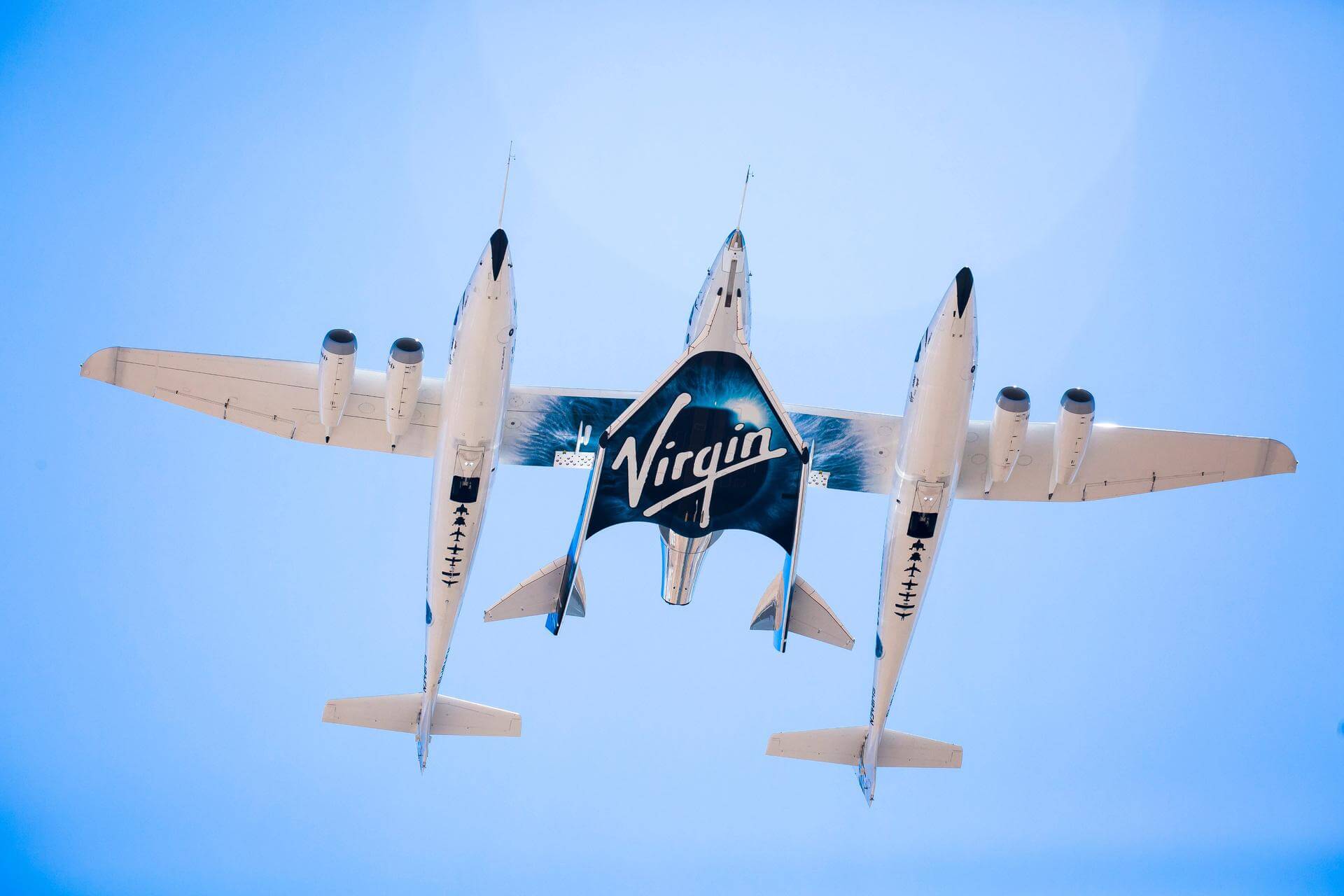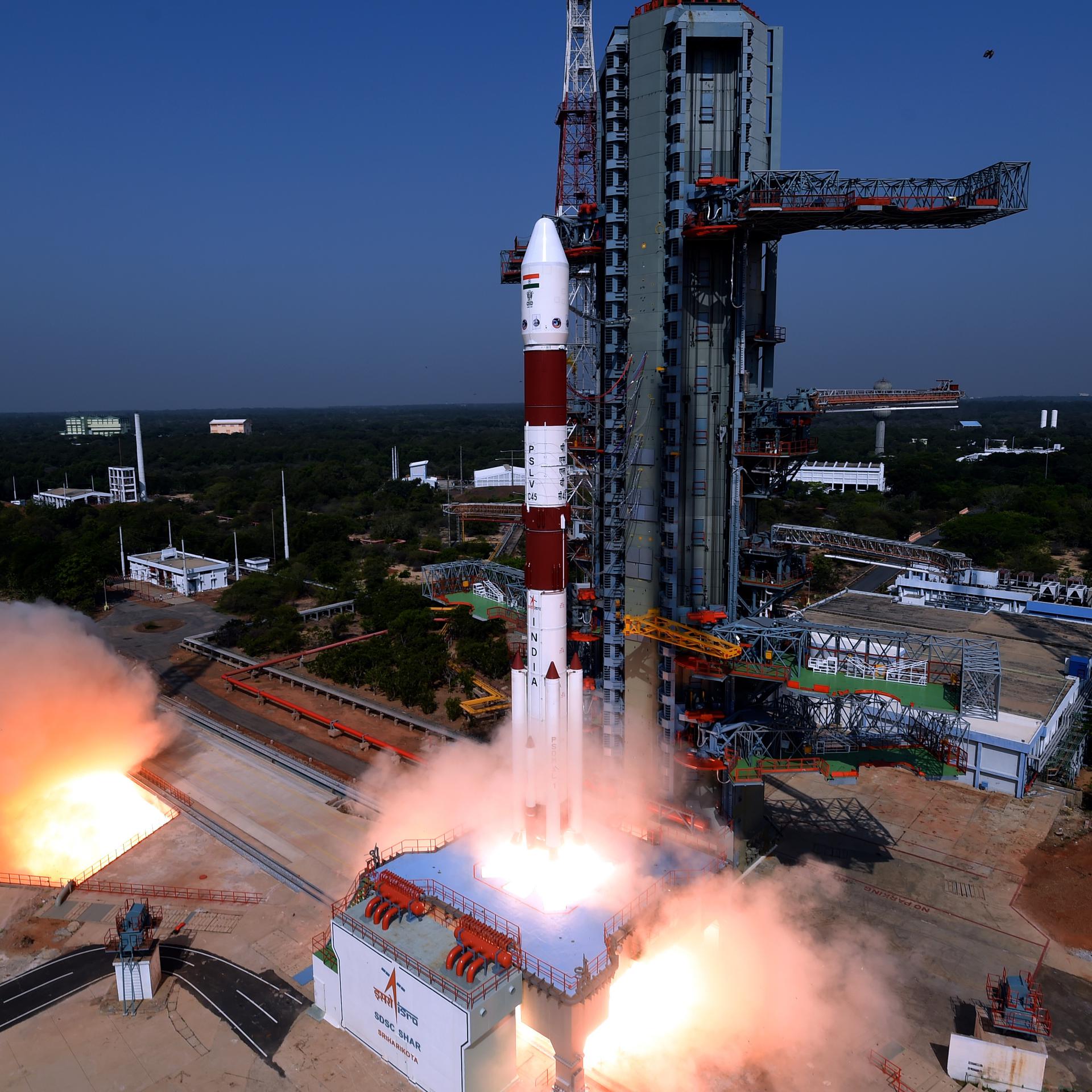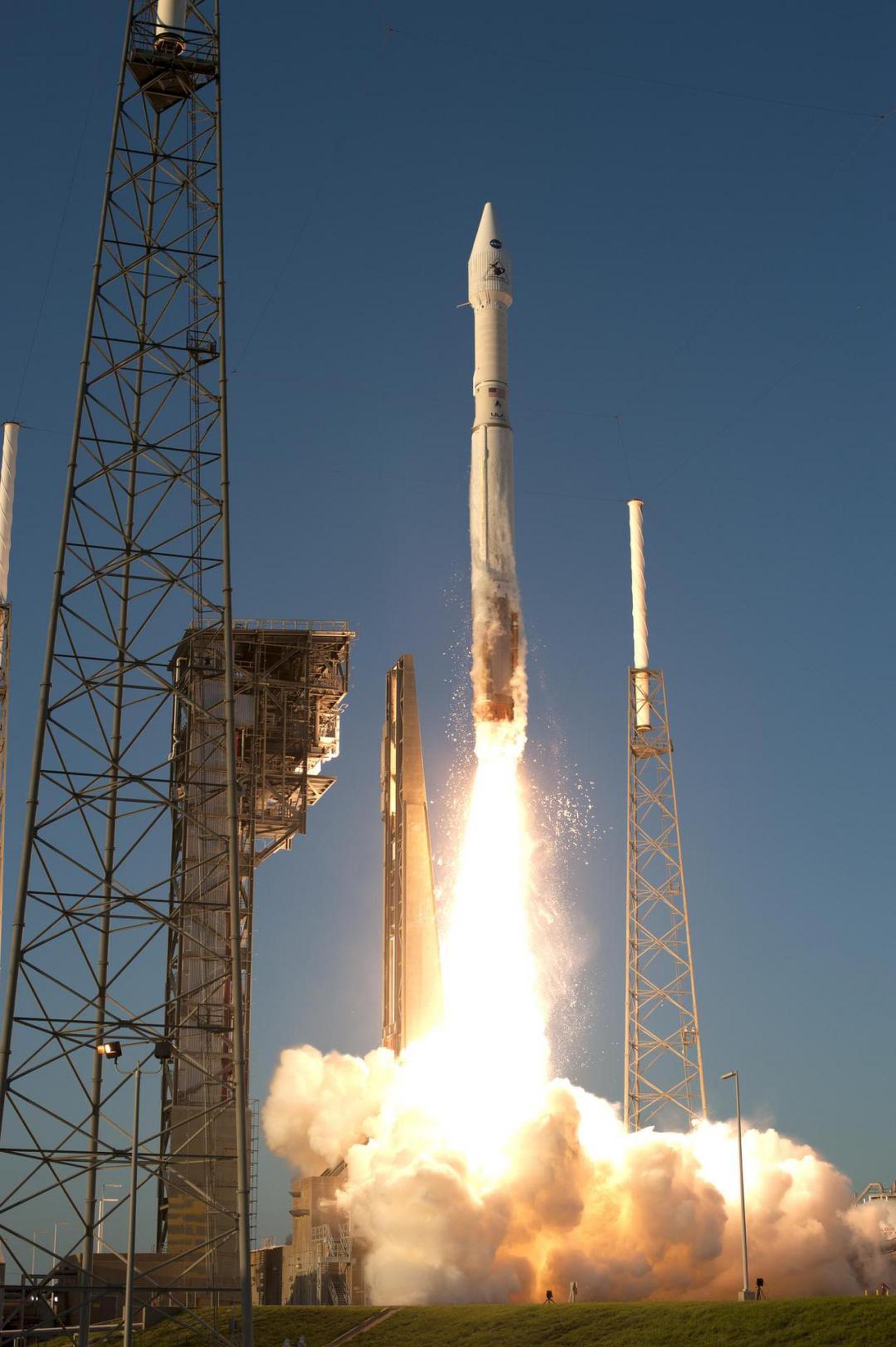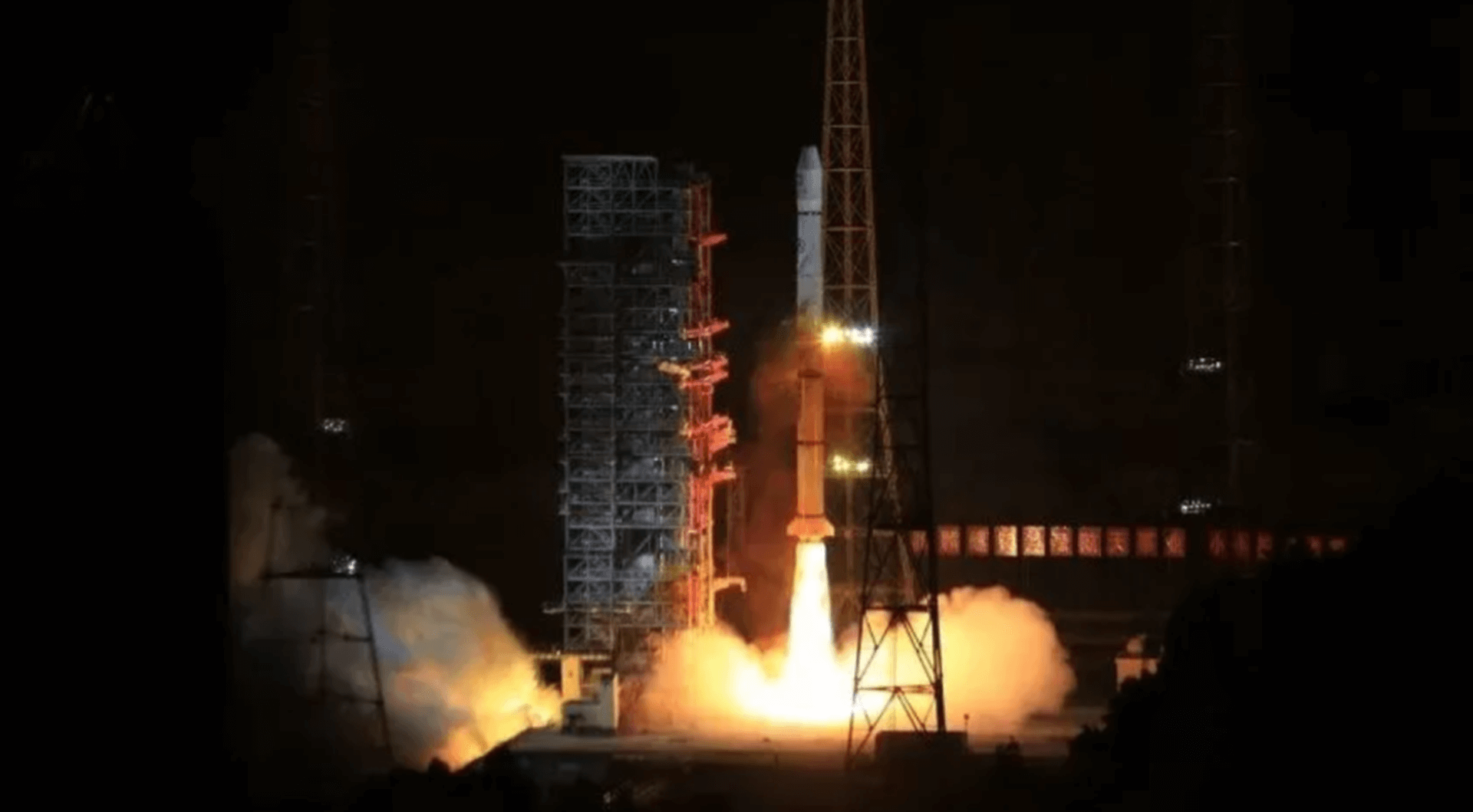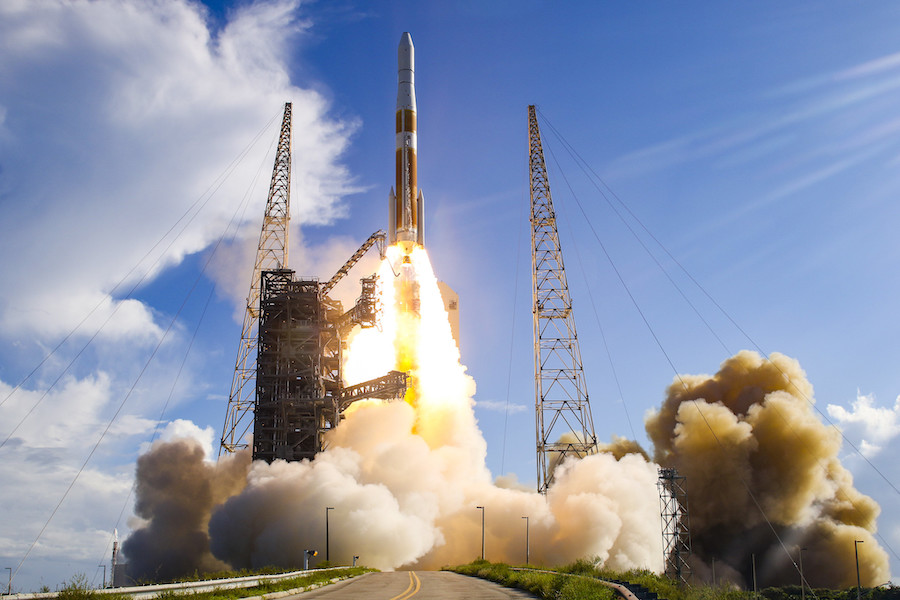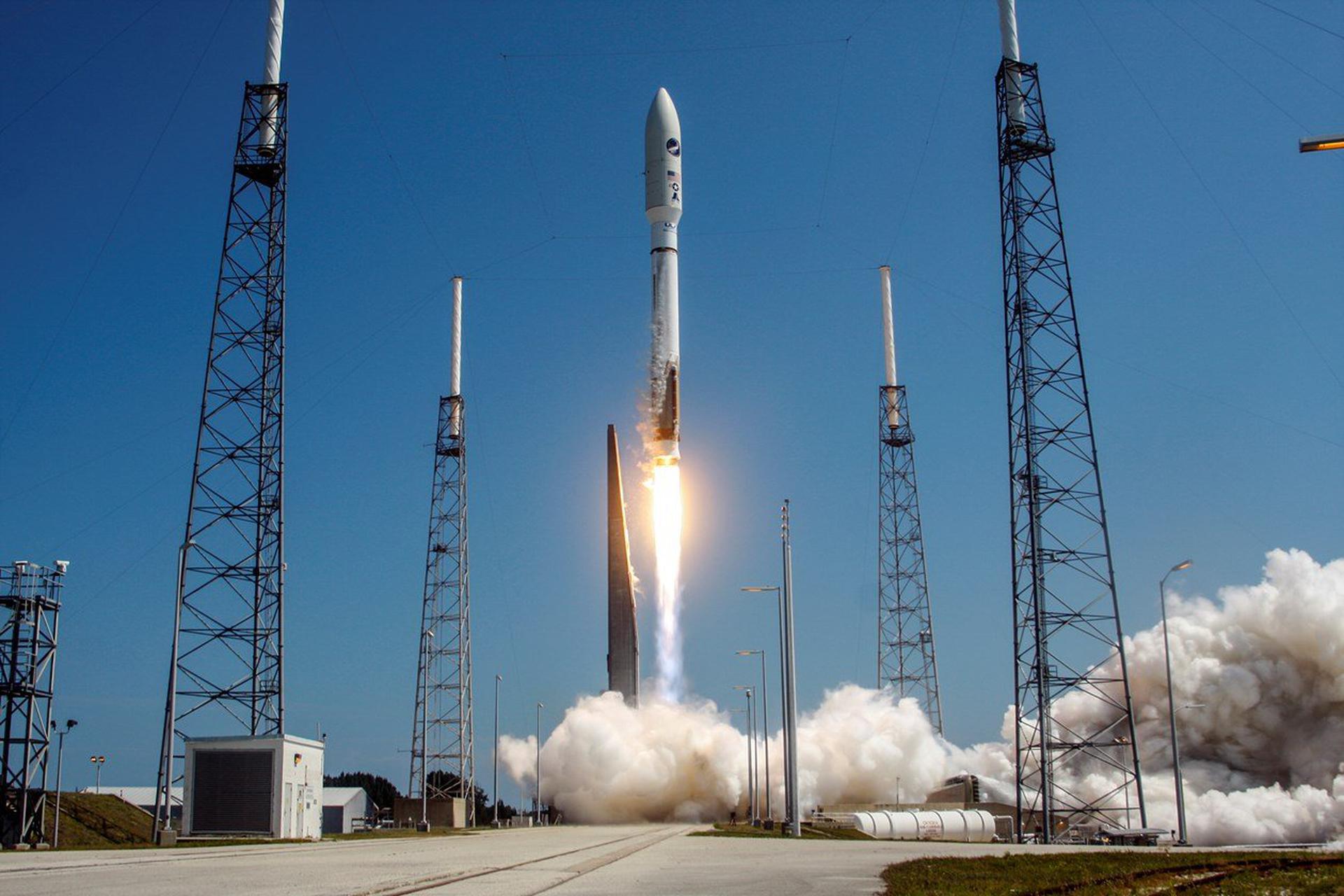Previous Spaceflight Launches
Filter by Agency, Locations or Vehicles
Show All LaunchesSoyuz-U | Progress M-10M (42P)
Russian Federal Space Agency (ROSCOSMOS) | RussiaBaikonur Cosmodrome, Republic of Kazakhstan
April 27, 2011, 1:05 p.m.
SpaceShipTwo | VSS Enterprise GF06
Virgin Galactic | United States of AmericaAir launch to Suborbital flight
April 27, 2011, noon
Ariane 5 ECA | Yahsat 1A & New Dawn
ArianeGroup | FranceGuiana Space Centre, French Guiana
April 22, 2011, 9:37 p.m.
Status: Launch Successful
Mission:
Yahsat 1A is a communications satellite operating at 52.5 degrees East. New Dawn is a communications satellite operated by Intelsat and positioned in geosynchronous orbit at 33 degrees East, serving TV and broadband communications to Africa.
Geostationary Transfer OrbitSpaceShipTwo | VSS Enterprise GF05
Virgin Galactic | United States of AmericaAir launch to Suborbital flight
April 22, 2011, noon
PSLV | Resourcesat-2
Indian Space Research Organization | IndiaSatish Dhawan Space Centre, India
April 20, 2011, 4:42 a.m.
Atlas V 411 | NROL-34 (2 x NOSS (USA-229))
United Launch Alliance | United States of AmericaVandenberg SFB, CA, USA
April 15, 2011, 4:24 a.m.
Long March 3A | Compass-IGSO-3
China Aerospace Science and Technology Corporation | ChinaXichang Satellite Launch Center, People's Republic of China
April 9, 2011, 8:47 p.m.
Soyuz FG | Soyuz TMA-21
Progress Rocket Space Center | RussiaBaikonur Cosmodrome, Republic of Kazakhstan
April 4, 2011, 10:18 p.m.
Status: Launch Successful
Mission:
Soyuz TMA-21 begins Expedition 27 by carrying 3 astronauts and cosmonauts to the International Space Station. Russian Commander, cosmonaut Aleksandr Samokutyayev alongside Flight Engineers, Andrei Borisenko (RSA) & Ronald J. Garan (NASA) will launch aboard the Soyuz spacecraft from the Baikonur Cosmodrome in Kazakhstan and then rendezvous with the station. It landed on September 16, 2011, 03:59:39 UTC
Low Earth OrbitDelta IV M+(4,2) | NROL-27 (SDS) (USA-227)
United Launch Alliance | United States of AmericaCape Canaveral SFS, FL, USA
March 11, 2011, 11:38 p.m.
Atlas V 501 | OTV-2 (X-37B) (USA-226)
United Launch Alliance | United States of AmericaCape Canaveral SFS, FL, USA
March 5, 2011, 10:46 p.m.
Status: Launch Successful
Mission:
It is the first flight of the second Boeing X-37B, a United States Air Force Orbital Test Vehicle 2, which is an unmanned 5000 kg, 8.8 m-long reusable mini-spaceplane capable of autonomous re-entry and landing. The OTV-2 mission was designed to test new technologies, however the specific identity of the spaceship's payload was not revealed. The mission concluded after 468 days in orbit.
Low Earth Orbit
